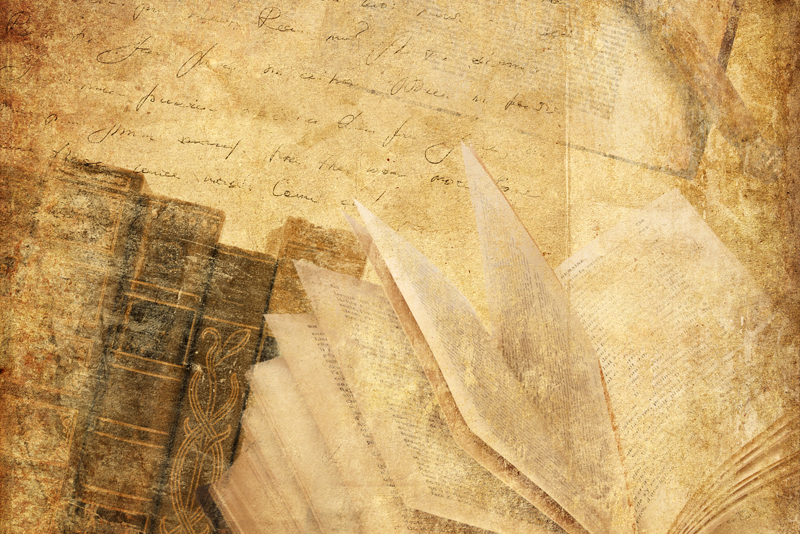Common Machine Stitch Issues

Along with a need for sewing tidying comes the realization that not all recently sewn projects went as smoothly as desired. Perhaps not all threads, needles, and bobbins behaved in perfect synchronization producing a nicely balanced stitch, not all fabrics and fabric scraps moved in harmony between sewing machine presser foot and feed dogs, and not all buttons, ribbons and embellishments were attached securely as expected.
Time for stitch analysis once one or many hurried sewing projects may be showing errant or uneven stitches such as:
Occasional skipped stitches – a few steps can be taken to minimize this from happening, sew at an even speed and let the presser foot and feed dogs move the fabric along. Try not to pull the fabric as the machine sews. Guiding the fabric with slight hand tension on the fabric in front of and behind the needle during stitching helps to steady the fabric and prevent the fabric from wandering as the needle and bobbin work together to form the stitch. Slippery fabric types and heavily textured fabrics tend to move or slide some under the presser foot.
Bird nest (thread jam) under the fabric/bunching of threads at beginning of seam. Hold onto both needle thread tail and bobbin thread tail behind the needle when beginning stitching, then let go. Applying slight hand tension to these held threads just at the beginning of stitching allows both threads to evenly form the first stitches.
Check to see that the bobbin is wound evenly. Bobbins should be wound slowly to produce an even tension wind. At times, an empty bobbin in the process of being wound will form a small loop or loose threading seen close to either side of the bobbin’s inner side walls. This can interfere with stitch formation as the needle takes up the bobbin thread at that particular point of thread feeding as the needle uptakes thread.
Check for a bent needle. It may be difficult to see even if the needle is laid on a flat surface. Replace with a new needle. Use the correct needle type for the type of fabric. Generally, a sharp needle for wovens, ball point for knits. Smaller needle size for lightweight fabrics and higher needle size for dense or bulky fabrics. It may be difficult to determine if a needle has become somewhat blunt. If a needle has been exposed to many hours of sewing change the needle.
Straight stitch plate vs zigzag plate. The straight stitch throat plate with a single hole allows the needle’s up and down movement into the bobbin compartment. Useful to prevent some fabrics from being pushed into the small hole. Only straight stitching is possible though. The zig zag throat plate has a wider oblong hole for the needle to pass through allowing for the back-and-forth horizonal movement of the needle. If only a straight stitch is to be used, changing from the zig zag throat plate to the straight stitch throat plate with its small hole size aids in preventing the fabric from potentially dipping down pass the feed dogs and distorting the desired straight stitch.
Thread quality. Debate continues on the use of vintage thread vs. newly manufactured thread. Vintage thread may still be useful however, examine the thread carefully to see if any slubs or fuzziness is visible. At times, lower quality thread may not be smoothly wound on the spool throughout its length.
Check for proper machine threading through all threading guides. A missed threading guide decreases smooth tension on stitch formation and eventually will cause loop formation or thread jamming or breaking.
All sewing machines will have the manufacturer’s recommendation for routine service by a professional technician. Servicing depends on how extensively the machine is used or if the machine has remained unused for many years. Servicing can improve stitch quality.
It is tempting to use canned air to blow out thread lint from a machine with electronic components however this may be a problem for sensitive electronics. Use a thin, soft brush to clean out lint build-up from the bobbin housing, needle throat plate and tension guides as recommended. A folded cloth can be slid through the thread guides and thread path as well. Canned compressed air can be used on older mechanical component machines to blow out lint and thread pieces from under the same areas.
Sewing machines are essentially precision power tools with thread!
Sew happy, sew inspired.
Time for stitch analysis once one or many hurried sewing projects may be showing errant or uneven stitches such as:
Occasional skipped stitches – a few steps can be taken to minimize this from happening, sew at an even speed and let the presser foot and feed dogs move the fabric along. Try not to pull the fabric as the machine sews. Guiding the fabric with slight hand tension on the fabric in front of and behind the needle during stitching helps to steady the fabric and prevent the fabric from wandering as the needle and bobbin work together to form the stitch. Slippery fabric types and heavily textured fabrics tend to move or slide some under the presser foot.
Bird nest (thread jam) under the fabric/bunching of threads at beginning of seam. Hold onto both needle thread tail and bobbin thread tail behind the needle when beginning stitching, then let go. Applying slight hand tension to these held threads just at the beginning of stitching allows both threads to evenly form the first stitches.
Check to see that the bobbin is wound evenly. Bobbins should be wound slowly to produce an even tension wind. At times, an empty bobbin in the process of being wound will form a small loop or loose threading seen close to either side of the bobbin’s inner side walls. This can interfere with stitch formation as the needle takes up the bobbin thread at that particular point of thread feeding as the needle uptakes thread.
Check for a bent needle. It may be difficult to see even if the needle is laid on a flat surface. Replace with a new needle. Use the correct needle type for the type of fabric. Generally, a sharp needle for wovens, ball point for knits. Smaller needle size for lightweight fabrics and higher needle size for dense or bulky fabrics. It may be difficult to determine if a needle has become somewhat blunt. If a needle has been exposed to many hours of sewing change the needle.
Straight stitch plate vs zigzag plate. The straight stitch throat plate with a single hole allows the needle’s up and down movement into the bobbin compartment. Useful to prevent some fabrics from being pushed into the small hole. Only straight stitching is possible though. The zig zag throat plate has a wider oblong hole for the needle to pass through allowing for the back-and-forth horizonal movement of the needle. If only a straight stitch is to be used, changing from the zig zag throat plate to the straight stitch throat plate with its small hole size aids in preventing the fabric from potentially dipping down pass the feed dogs and distorting the desired straight stitch.
Thread quality. Debate continues on the use of vintage thread vs. newly manufactured thread. Vintage thread may still be useful however, examine the thread carefully to see if any slubs or fuzziness is visible. At times, lower quality thread may not be smoothly wound on the spool throughout its length.
Check for proper machine threading through all threading guides. A missed threading guide decreases smooth tension on stitch formation and eventually will cause loop formation or thread jamming or breaking.
All sewing machines will have the manufacturer’s recommendation for routine service by a professional technician. Servicing depends on how extensively the machine is used or if the machine has remained unused for many years. Servicing can improve stitch quality.
It is tempting to use canned air to blow out thread lint from a machine with electronic components however this may be a problem for sensitive electronics. Use a thin, soft brush to clean out lint build-up from the bobbin housing, needle throat plate and tension guides as recommended. A folded cloth can be slid through the thread guides and thread path as well. Canned compressed air can be used on older mechanical component machines to blow out lint and thread pieces from under the same areas.
Sewing machines are essentially precision power tools with thread!
Sew happy, sew inspired.

Related Articles
Editor's Picks Articles
Top Ten Articles
Previous Features
Site Map
Content copyright © 2023 by Cheryl Ellex. All rights reserved.
This content was written by Cheryl Ellex. If you wish to use this content in any manner, you need written permission. Contact Cheryl Ellex for details.







